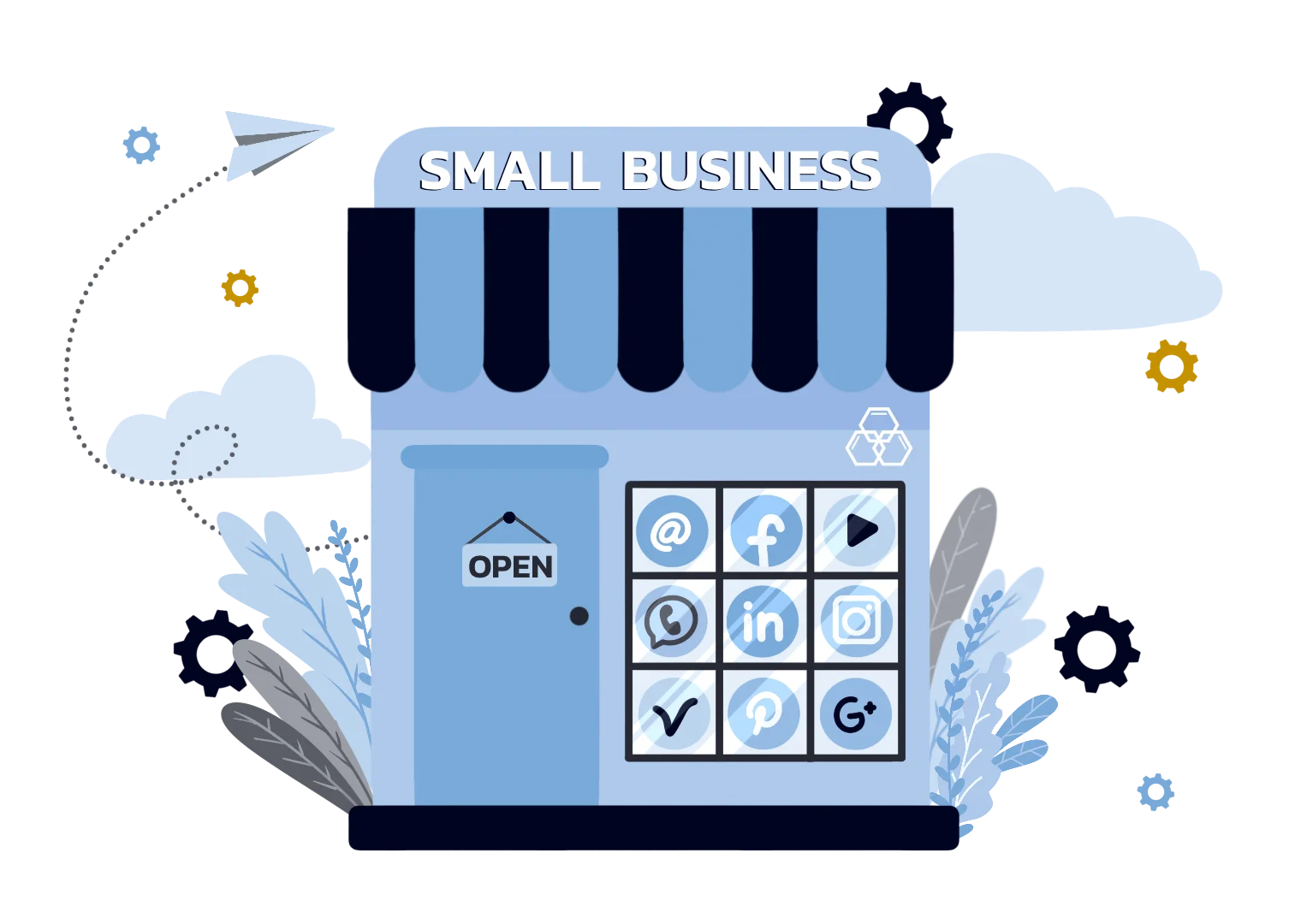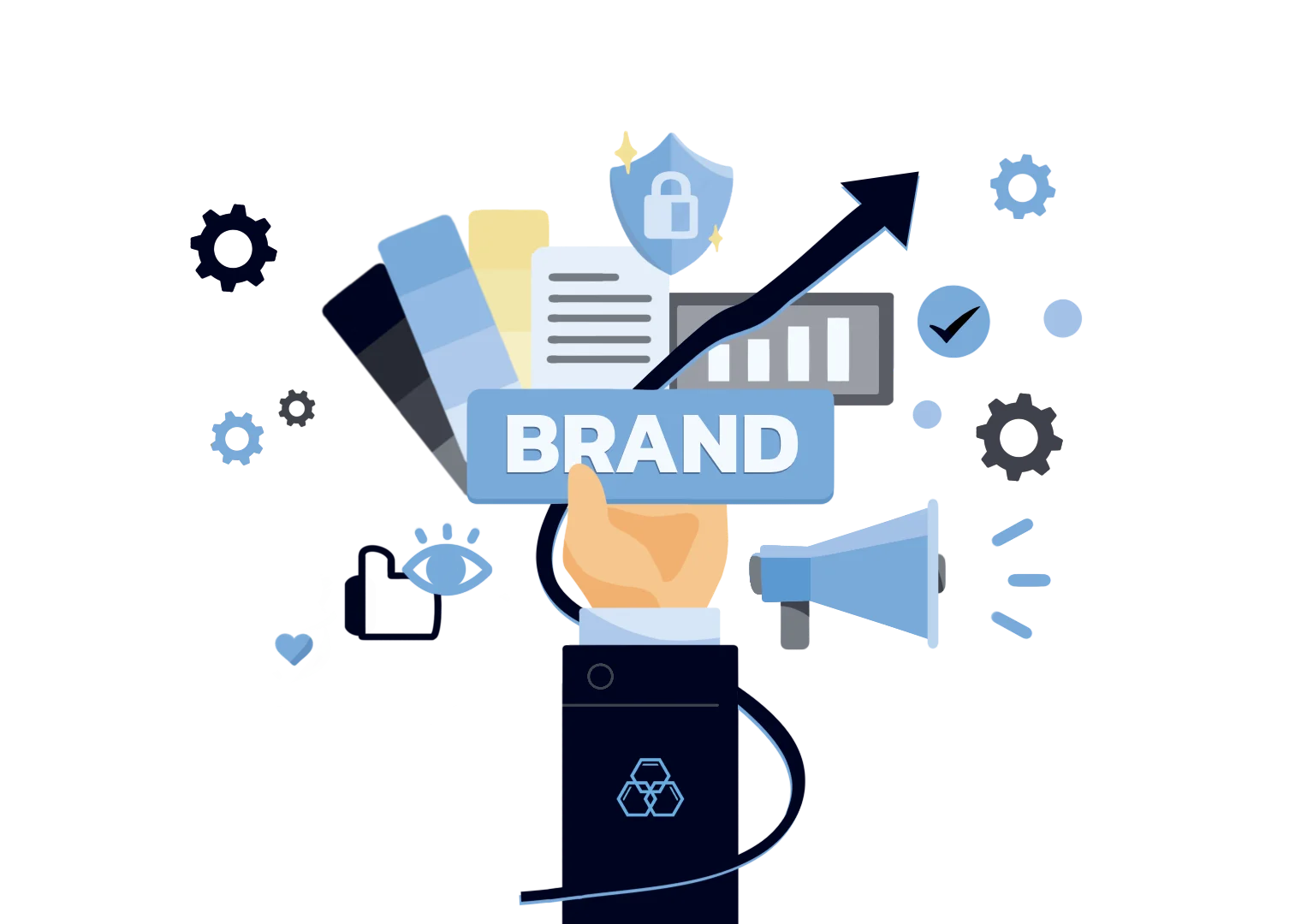Building a strong brand is especially crucial in the world of luxury. A luxury brand, in its products, sells a feeling, an experience, and a status symbol. It's about exclusivity, heritage, and craftsmanship.
However, creating a strong brand identity that evokes these qualities is no easy feat. It takes meticulous planning, unwavering commitment, and a deep understanding of your target audience.
This guide will help you delve into everything you need to know about luxury branding, from crafting a captivating story to building an experience that exceeds expectations.
What is Luxury Branding?
Luxury branding is a strategic approach to building the brand's values that are synonymous with excellence, exclusivity, and desirability. It crafts an identity that evokes emotions, tells a story, and whispers promises of a life well-lived.
Here's what sets luxury branding apart from other branding strategies:
- Focus on intangibles: While quality materials and craftsmanship are essential, luxury brands sell more than just a product. They sell a sense of belonging, heritage, and the social currency of owning something rare and coveted.
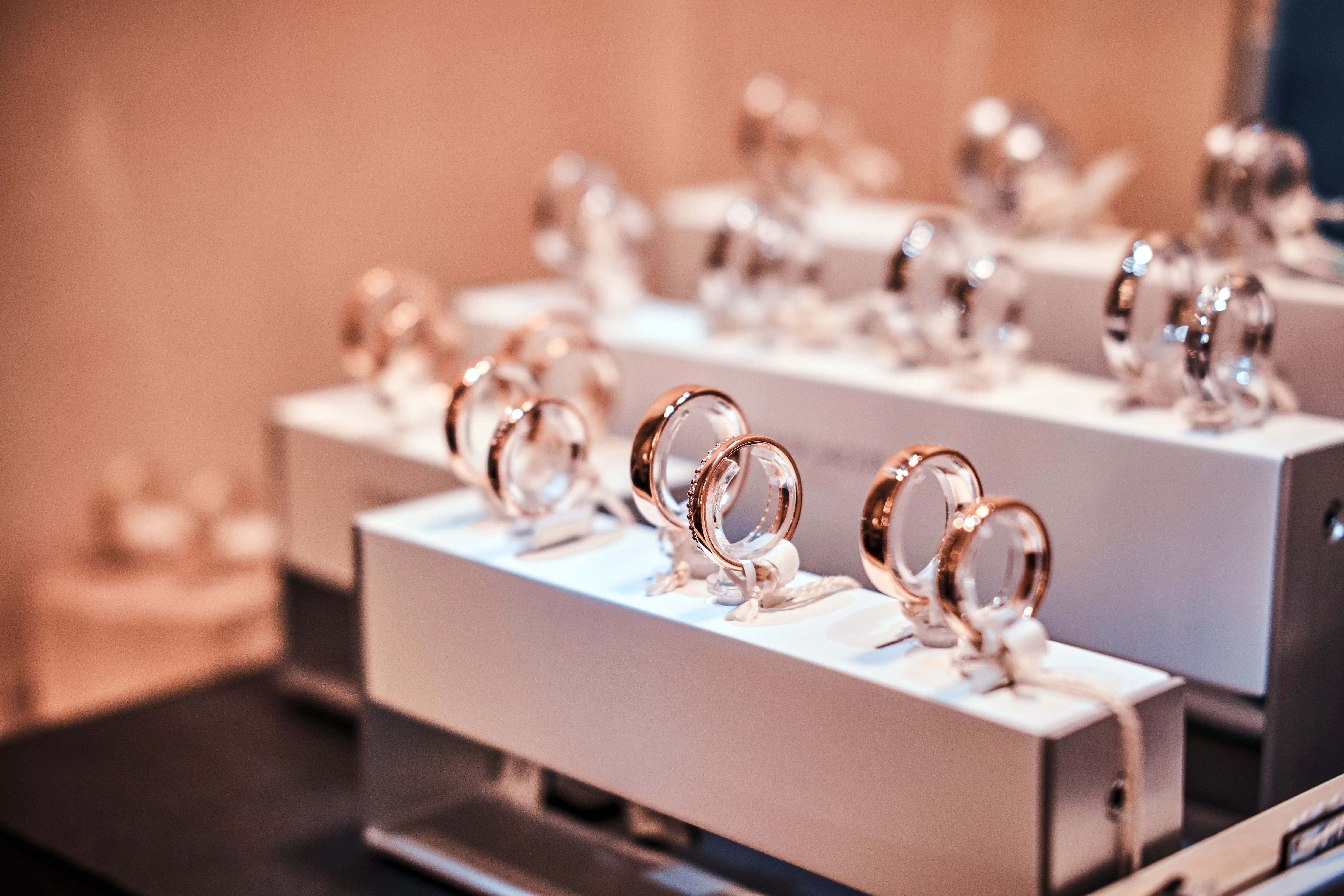
- Emphasis on heritage and history: Luxury brands cultivate a rich history and tradition. This heritage becomes part of the brand story, adding depth and legitimacy to their claims of excellence.

- Exclusive experiences: Premium brands go beyond traditional marketing, creating exclusive experiences that build customer loyalty and reinforce prestige. Think private shopping events, access to bespoke services, or invitations to special brand-related gatherings.
- Price as a differentiator: A high price point for luxury products is a defining sign of quality and exclusivity. Luxury goods are often priced higher than comparable products, signifying the craftsmanship, materials, and heritage that go into their creation.
Luxury Brand-Defining Traits
Here are some of the luxury industry's key brand positioning based on consumer expectations:
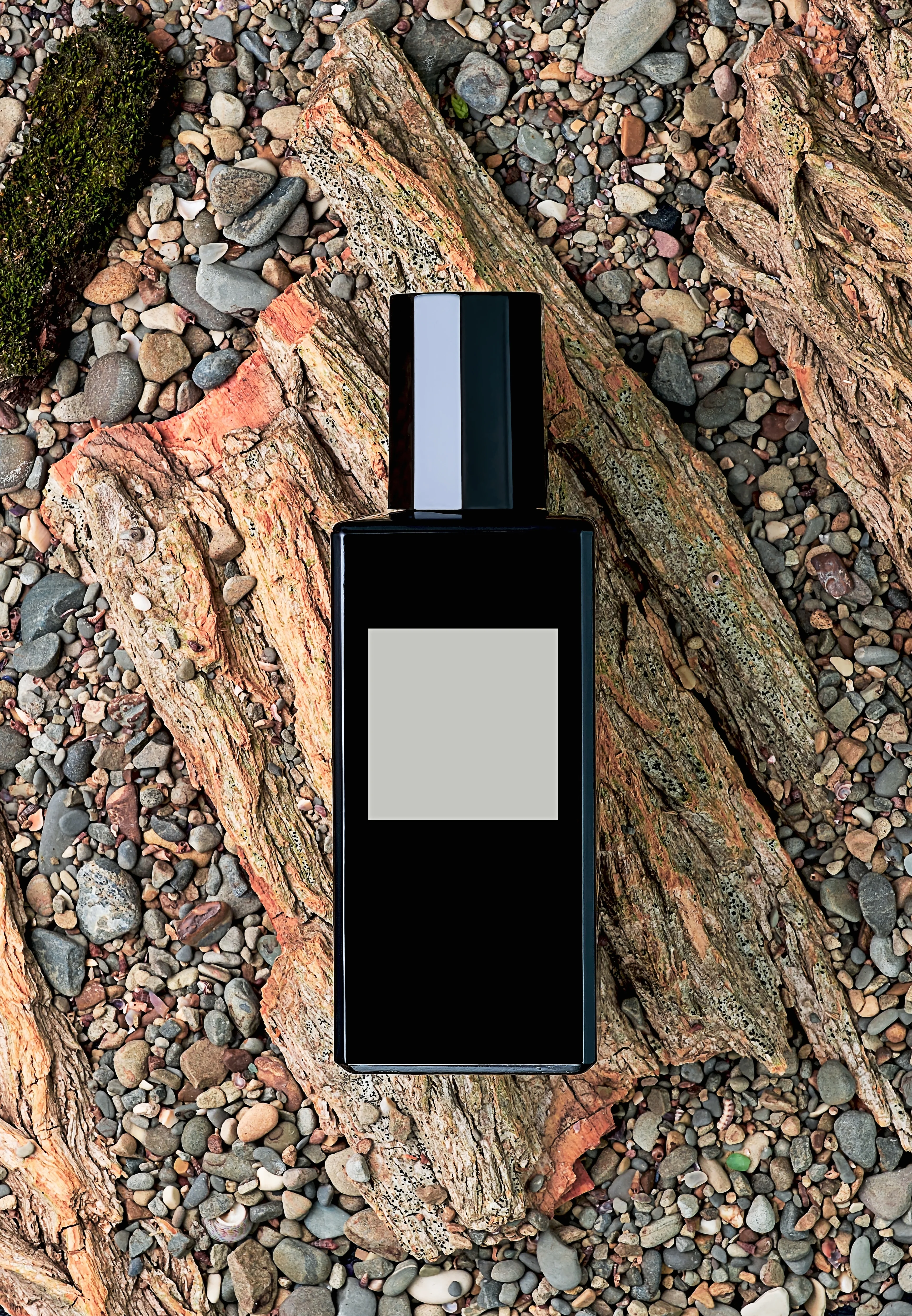
Exceptional Quality and Craftsmanship
At the heart of any luxury brand lies a dedication to superior quality. This is evident in using the finest materials, meticulous attention to detail, and a commitment to timeless design. Think of the renowned buttery leather of Louis Vuitton handbags or the flawless diamonds adorning a Cartier necklace. Luxury goods are built to last, showcasing craftsmanship that transcends mere functionality.

Rich Heritage and Legacy
Luxury brands painstakingly cultivate a rich history and tradition, often spanning generations. This heritage becomes a cornerstone of the brand story, lending a sense of legitimacy and prestige. It imbues the brand's timeless quality and assures customers they're investing in a legacy. Take, for example, a designer brand like Hermès, whose heritage in leather craftsmanship dates back to the 1800s, or Burberry, whose iconic trench coat has been a symbol of British style for over a century.
Exclusivity and Scarcity
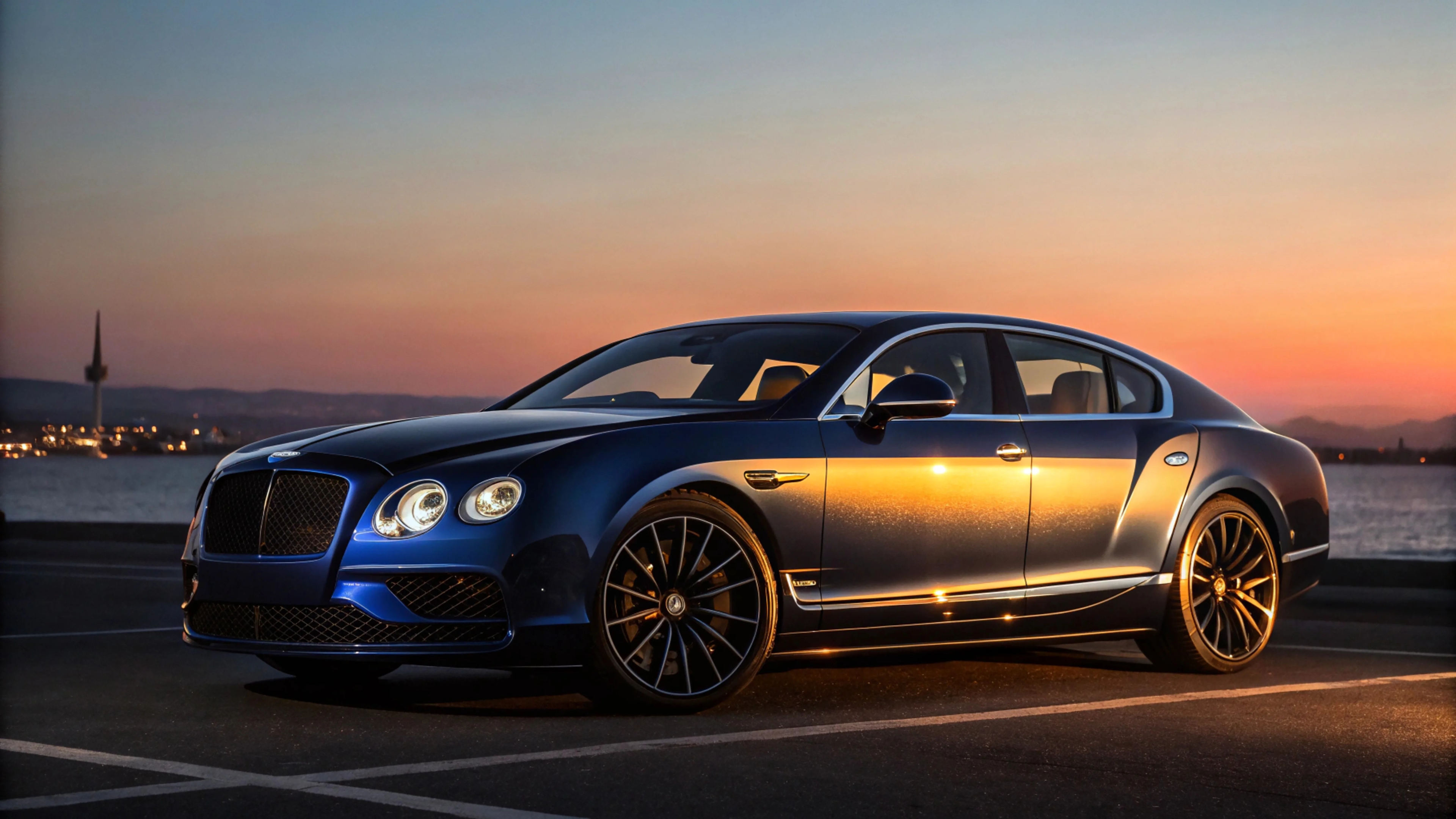
The luxury sector thrives on scarcity. Limiting production quantities or offering exclusive product lines creates a sense of desirability and exclusivity. This fuels demand and reinforces that owning a luxury item is a privilege reserved for a select few. Think of limited-edition collections or invitation-only shopping experiences that cultivate customers' "in-the-know" feeling.
Impeccable Customer Service
To maintain a sense of luxury, customer service is elevated and made exclusive and superior. It's about exceeding expectations, creating a personalized luxury experience experience, and making every customer feel valued. This could involve offering dedicated sales associates, personalized consultations, or after-sales services that go the extra mile. The goal is to build a customer relationship, foster loyalty, and brand advocacy.
Storytelling and Brand Image
Most luxury brands are master storytellers. They craft narratives that evoke emotions, connect with their target audience's aspirations, and weave the brand into a desirable aspirational lifestyle. This storytelling is reflected in everything from brand partnerships and celebrity associations to the overall brand aesthetic. The brand's visual identity should be aspirational, sophisticated, and flawlessly executed across all touchpoints.
Expert Tips on Building a Luxury Brand
Here's a step-by-step guide to help you navigate this exciting journey:
1. Define Your Niche and Target Audience
Don't be a brand for everyone. Luxury thrives on focus. Identify a niche within the luxury market – fine jewelry, bespoke menswear, or handcrafted leather goods – and become the undisputed leader. Think of how Christian Louboutin carved a niche with his signature red-soled stilettos, instantly recognizable and synonymous with luxury footwear.
Once you've defined your niche, deeply understand your target audience. Who are they? What are their aspirations and values? What motivates them to purchase luxury goods?
Understanding luxury consumers desires allows you to craft a brand story and product offerings that resonate with their lifestyle. For instance, a luxury luggage brand targeting globetrotting entrepreneurs might focus on functionality and timeless design, while a brand targeting fashion-conscious celebrities might prioritize trendsetting styles and exclusive collaborations.
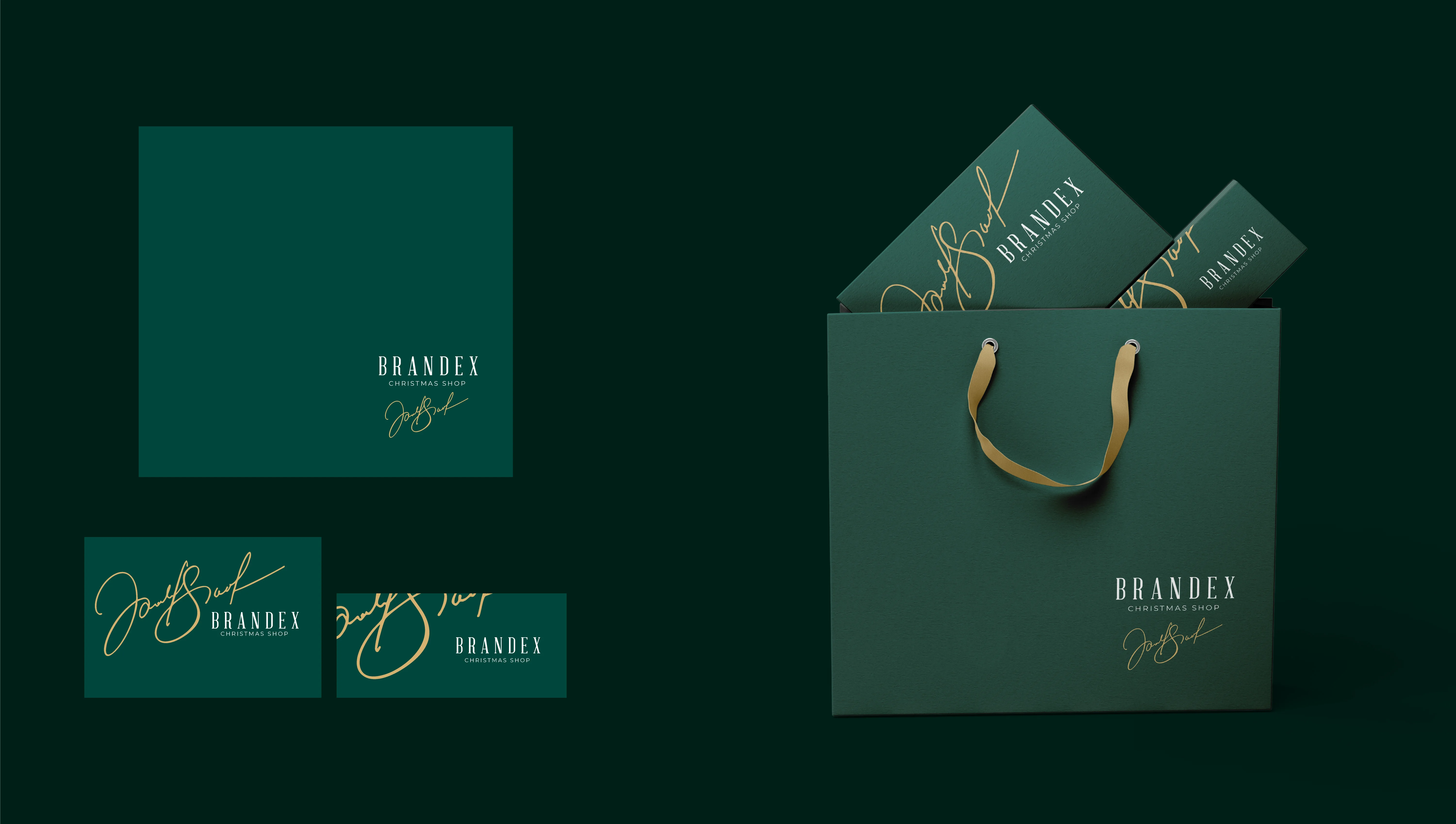
2. Craft a Compelling Brand Story
Luxury isn't just about what you sell but the story you tell. Develop a narrative that looks into your brand's personality, history, and values that resonate with your target audience. Think of the emotional connection from high-end brands like Rolex, which cultivates with its "Oyster Perpetual" campaign, highlighting the brand's heritage of innovation and exploration.
Consumers today crave genuine connections. Let your brand's message reflect your core values and mission. Is your brand committed to sustainable practices? Does it support a particular cause? Authenticity builds trust and fosters a sense of community around your brand. Patagonia, for example, has successfully woven environmental activism into its brand narrative, resonating with customers who value sustainability.
3. Prioritize Quality and Craftsmanship
There's no room for shortcuts regarding materials, design, and production. High-quality products is one of the hallmarks of a luxury brand. Invest in the finest materials, meticulous craftsmanship, and timeless design that transcends trends. Consider how Leica cameras have remained a symbol of photographic excellence for decades, thanks to their commitment to precision engineering and optical quality.
If your brand boasts a rich history, leverage it! Heritage lends credibility and authenticity to your brand story. Celebrate your artisanal techniques, generational knowledge, and the legacy you're building upon. For instance, luxury labels like Berluti, renowned for their hand-patinaed leather shoes, emphasize their long-standing heritage of craftsmanship in their marketing materials.
4. Cultivate an Aura of Exclusivity
Not everyone should have access to luxury goods. Offer limited-edition collections, invitation-only shopping experiences, exclusive events, or personalized customization options to create a sense of exclusivity.
Luxury goes beyond the product; it's about the experience. Offer your clientele exceptional customer service, personalized consultations, and exclusive benefits. These could include private shopping events, after-sales care that goes the extra mile or access to bespoke services. Think of how Tiffany & Co. elevates the customer experience with private consultations in its iconic Fifth Avenue flagship store.
5. Build Brand Advocacy
Leverage the power of storytelling to build brand advocacy—partner with tastemakers, influencers, and celebrities who embody your brand values. Collaborate with artisans and creators who share your commitment to quality. Consider how luxury watch brands partner with renowned athletes or Hollywood A-listers to showcase their timepieces.
Don't just broadcast your message; foster a conversation. Use social media platforms to connect with your audience, share your brand story, and showcase the craftsmanship behind your products. Respond to comments and inquiries, building a community around your brand. Think of how Chanel uses social media to showcase the creativity and artistry behind their haute couture collections.
Challenges of Building a Luxury Brand
The world of luxury beckons with the promise of prestige and loyal customers, but the path to establishing a successful luxury brand is undeniably challenging. Here's a reality check on some of the hurdles you can expect to encounter:
Standing Out from the Crowd
The luxury market is a competitive landscape. What makes a brand stand out from established giants and emerging players requires a unique brand identity, a compelling story, and a clear value proposition.
Building Brand Credibility
Luxury thrives on reputation. Earning the trust and loyalty of discerning customers takes time and a consistent commitment to excellence. New brands must establish a proven track record of quality, craftsmanship, and customer service to justify their premium price points.
Staying Relevant in a Changing Landscape
Luxury customers are sophisticated, with evolving tastes and expectations. Staying relevant requires constant innovation, adaptation to new technologies, and a deep understanding of your target audience's desires. Failing to adapt can leave your brand stagnant in a dynamic market.
Maintaining Exclusivity
The allure of luxury lies partly in its exclusivity. However, striking the right balance is crucial. Brands that become too inaccessible risk alienating potential customers. On the other hand, becoming too readily available can dilute the brand's perceived value.
Earning the Right to be Expensive
Perhaps the most significant challenge lies in justifying premium pricing. Luxury customers are willing to pay more, but only for a product or experience that demonstrably delivers exceptional value. This value encompasses:
Superior Quality and Craftsmanship
The use of the finest materials, meticulous attention to detail, and timeless design are hallmarks of luxury. Every aspect of the product, from design to construction, should exude an air of quality that surpasses mass-produced goods.
Brand Heritage and Legacy
A rich history and tradition lend credibility and weight to a brand's claims of excellence. Heritage assures customers they're investing in a brand with a proven track record and a commitment to quality that transcends trends.
The Intangible Value
Luxury goes beyond the physical product. It's about the emotions it evokes, the status it conveys, and the story it tells. Customers are paying for the feeling of belonging, the sense of achievement, and the association with a coveted brand.
FAQ
What is the concept of luxury branding?
Luxury branding is about building a brand that represents a dream and an identity, not just a product. It focuses on creating superior value through exclusivity, heritage, craftsmanship, and a strong emotional appeal, rather than just functional benefits.
How to identify luxury brands?
You can identify them by their high price, exceptional quality and craftsmanship, a strong heritage and story, their role as a status symbol, and their controlled, exclusive distribution.
What are the 5 C's of branding?
The 5 C's are Clarity, Consistency, Credibility, Connectivity, and Competitiveness. This framework ensures a brand has a clear promise, delivers it consistently, is trustworthy, connects emotionally with its audience, and stands out from competitors.
Which are the three major characteristics of a luxury brand?
The three major characteristics are Exclusivity, Heritage & Craftsmanship, and a Strong Brand Identity with powerful Symbolic Value.
Establish a Brand Prestige with Evolv
The world of luxury branding is captivating. It promises a loyal customer base, prestige, and the opportunity to build a brand that transcends mere commerce. However, the road to success is paved with challenges that demand strategic vision, unwavering commitment, and a deep understanding of the ever-evolving luxury landscape.
Ready to embark on your luxury brand marketing strategies? Evolv can help you!
Stay tuned for more insights into the world of luxury branding! Check out our blog for the latest trends, expert advice, and in-depth explorations of the ever-evolving luxury landscape.




